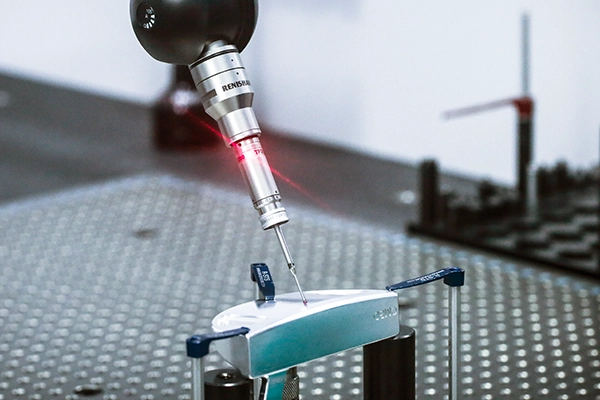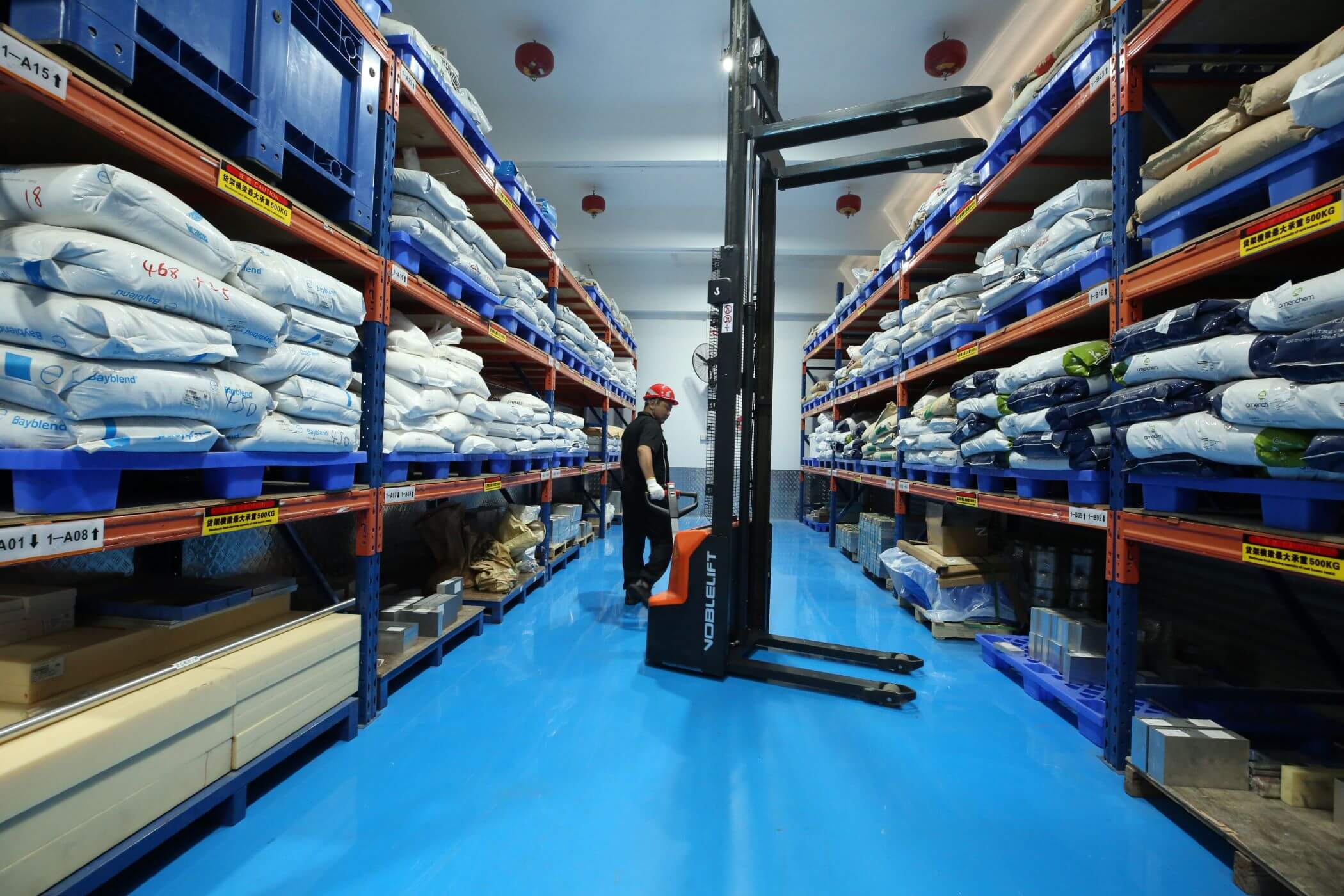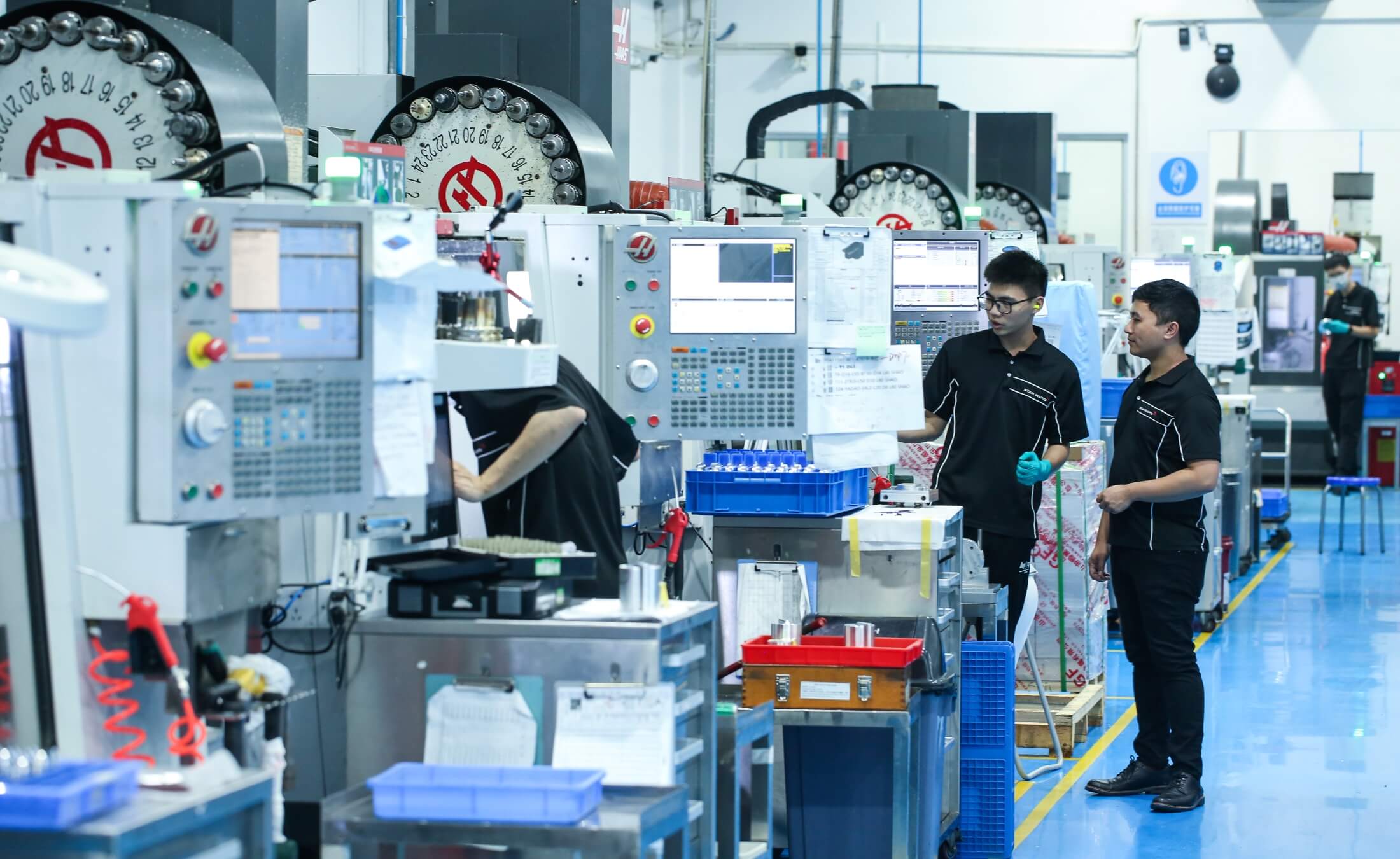Product developers need to have a clear and complete understanding of the expenses involved in making their products before they commit their resources.
Some costs are relatively fixed and therefore predictable. These fixed costs can be carried by the manufacturer, the customer, or both. Other costs are more variable and depend on a number of factors.
We’re going to look at what these costs are and how they’re calculated. But more importantly, we’ll focus on ways that product developers can control their costs by exercising smart decisions when it comes to design, materials, and volume.
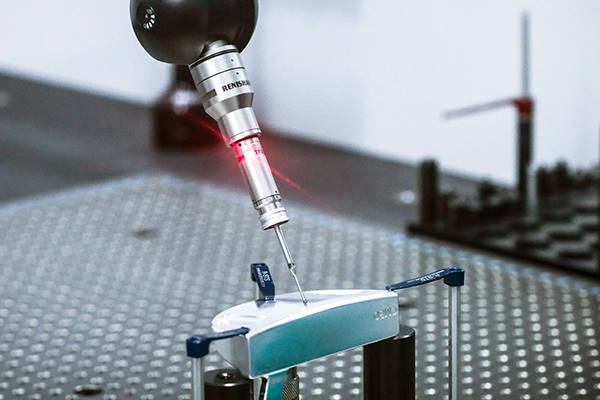
What Are Manufacturing Costs?
Manufacturing costs are the expenses involved in the fabrication of raw material into a finished product. These are the value-added steps that connect four inputs: labor, material, energy, and machinery. Generally speaking, these costs are highly variable and dependent on the product being made.
Manufacturing Costs vs Production Costs: What’s the Difference?
Production costs are more comprehensive. They include the cost of manufacturing, plus the administrative and overhead costs that are necessary for having a viable business. These costs include insurance, record keeping, rent, marketing, and the salaries of employees involved with indirect or non-value-added labor.
What’s The Difference Between Direct And Indirect Manufacturing Costs?
Many tasks are performed on the factory floor. Some tasks directly affect the fabrication of raw material into a finished or semi-finished product. Depending on the nature of the work being done, these tasks might involve cutting, stamping, gluing, sewing, welding, painting, drilling, molding, assembly, etc.
The list is long, but in every case, there is a specific action being performed by an operator on the workpiece, which adds value to that workpiece on its production journey.
There are other important, but indirect, manufacturing costs as well. This group includes material testing and measurement, storage, moving, cleaning, etc.
In this category, the steps performed are necessary but they do not directly alter the workpiece or add value to it. Manufacturers, and their customers, always want to reduce these costs to a minimum so they can focus instead on using all their resources to create value.
Now we’ll break down the manufacturing costs into discrete sub-units, and we’ll describe ways that product developers can influence these costs to their advantage.
What are the factors affecting manufacturing costs?
There are several factors affecting manufacturing costs:
1. Labor Costs – Labor costs often vary according to the prevailing socio-economic costs of the region in which the work is performed. A customer normally wants labor costs to be as low as possible, and sometimes this can be done without affecting the product’s quality.
This is especially the case if a process is highly automated or when performing a very basic task. In these cases, great skill is not needed and therefore shouldn’t be paid for. However, it’s not a wise investment to look for only the lowest labor costs when developing a new product. Cheap labor too often means poor quality and shortcuts in manufacturing (no material testing protocols, for example) that can be a major liability for the customer.
It’s a much wiser investment to work with suppliers who practice lean manufacturing in combination with a skilled workforce. This translates to minimum waste with maximum quality.

2. Raw Materials – One of the first decisions a product developer needs to make is what material to use. There are of course thousands of plastic resins and metal alloys to choose from. They all have their unique physical properties and they come at different price points.
The good news is that this is the easiest expense to predict and control. This is because raw materials are commodities widely traded on the international market. The cost, with few exceptions, is based on material volume consumed and will not vary a great deal no matter where production takes place.
Price tables for commodities are easy to find on the internet and are always being updated so developers can readily account for this in advance. Although we don’t recommend using substandard materials, we do advise that product developers consider materials that meet their functional requirements without being better than they need to be.
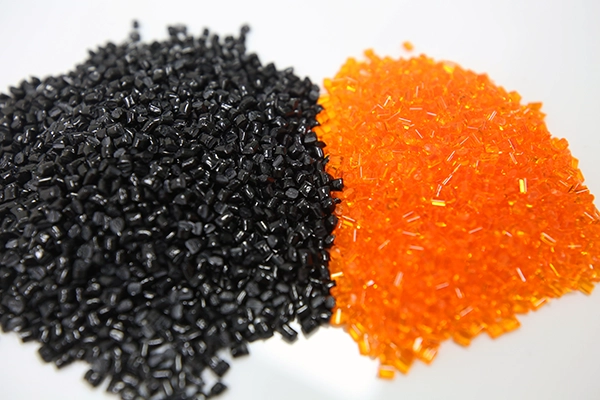
3. Part Complexity – Keep in mind that complexity doesn’t always improve a product’s look or performance. In fact, overly complex designs can hinder a product’s utility and performance while being more expensive to make.
Also, bear in mind that measuring many different complex features is very time-consuming as well. It may even require special fixtures or gauges to measure complex shapes, and that also adds to the cost. In general, it’s best to design a part to be only as complicated as it needs to be and no more.
4. Tooling – Plastic injection molding, high-pressure die casting, and polyurethane vacuum casting are examples of processes that need specialty tooling.
These tools can take weeks to prepare and may represent a substantial initial investment, so a lot of care must go into their design. The cost of such tools is based on three main inputs: the material the tools are made from, their complexity, and whether they require special treatments like photo etching, heat treatment, or surface coatings.
A product developer can influence tooling costs in a couple of ways.
- Use less expensive tool raw material
- Avoid additional surface treatments
- Use manual loading instead of automatic loading
- Make a more simplified product design
- Opt for an alternate production method that does not require tooling, such as CNC machining.
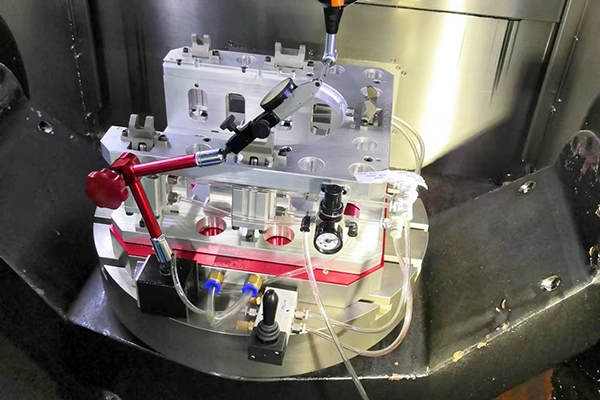
5. Volume – The price of a tool is an expense that sometimes cannot be avoided. However, if the volume is high enough, the tool cost becomes negligible because each part is less expensive to produce.
That’s why we recommend investing in good tooling materials if the expected volumes are large. More expensive tools can be cycled more quickly, are more durable, hold tighter tolerances, and therefore create fewer scrap parts. Avoid cheap tooling if the volume justifies the investment.
Another volume consideration is that raw material suppliers can sometimes offer discounts for bulk purchases. This should be considered for the product’s lifetime, not just a single production order.
6. Precision – Precision is a term that we often use interchangeably with accuracy, but in the world of manufacturing these two related concepts have slightly different meanings.
Accuracy means how close the measurement of a feature conforms to the exact value one is striving to achieve. This can be an inch or a meter or a micron since accuracy is indifferent to the system of measurement being used. Whatever the nominal value, the closer you are able to make a feature to that value the more accurate you are.
Precision means being accurate over and over again. It’s about repeatability within a range of acceptable tolerances away from the nominal value. Many product developers don’t realize that ever higher degrees of precision and accuracy requires the investment of far more time and effort. The extra work required increases almost exponentially as tolerances get even more refined.
This is because all raw materials are affected by temperature, humidity, and other environmental conditions. They move and deflect under the pressure of cutting tools and clamping forces. These are fundamental facts of the natural world that cannot be avoided. On a larger scale, these movements are imperceptible and easily accepted. They increase in magnitude and significance, however, the closer one approaches molecular tolerances.
Therefore the more perfectly you try to make something, the more you must control both the workpiece and the environment to extreme degrees. For these reasons closer tolerances and higher precision can drive up labor costs substantially and, in fact, don’t necessarily produce a better part for most common applications.
If the product developer wants to reduce costs while still maintaining quality and performance, then consider relaxing tolerances on areas of the design that are not critical. In the vast majority of cases, modern manufacturing facilities that use quality tools can produce more than acceptable accuracy and precision within their normal range of operations.
Want to learn more?
We have many other resources available to help you learn more about our materials, equipment, and processes. When you’re ready to start a new project, upload your CAD design files for a free quotation today.
Tagged:


